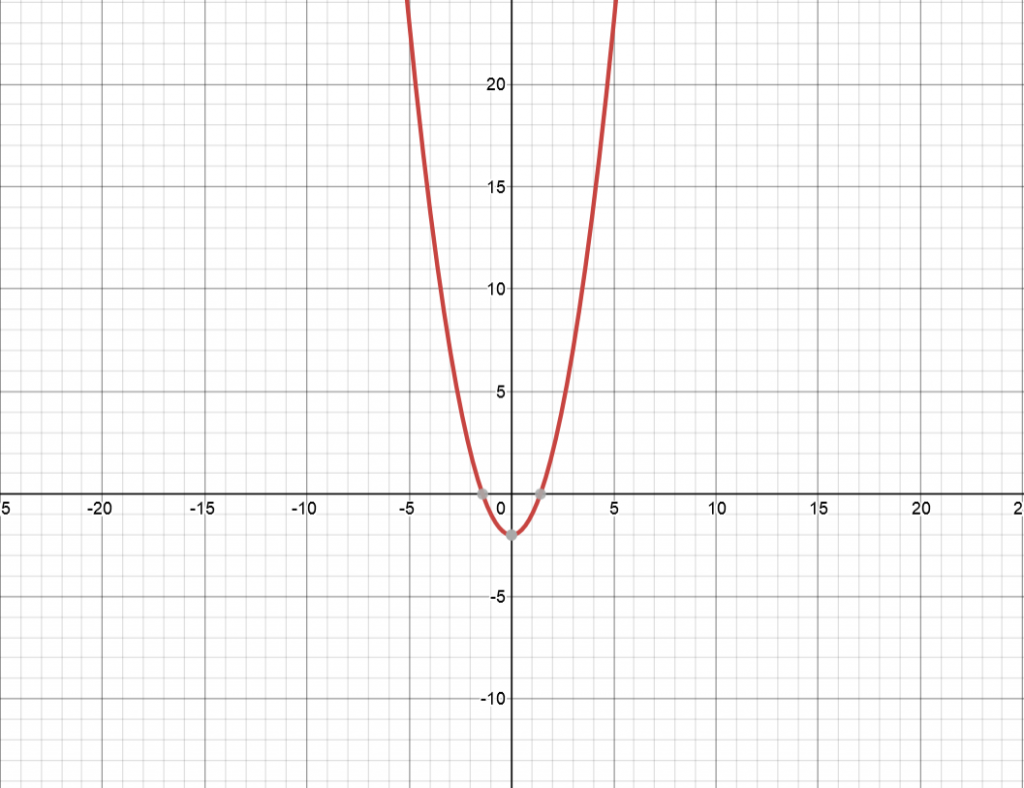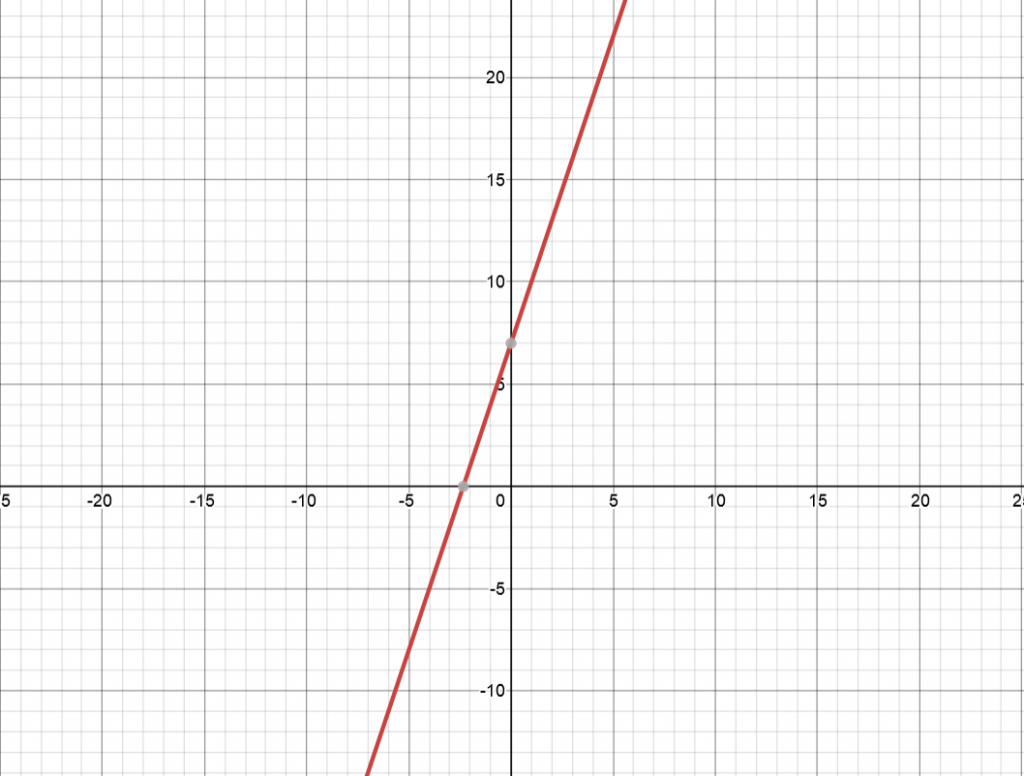
How To Solve Rates Of Change Problems
Solving rates of change problems is a fundamental skill of Calculus. These basic derivatives lead to more interesting concepts later on. So it is vital you get these down and know all the ways of dealing with them. In this article I want to show how you solve basic derivatives and get good accurate answers.
How To Solve Rates Of Change Problems
One of the easiest techniques to use is called the difference method. When you put a curve on a graph it will have an infinite number of points between its starting and ending points. If you take any two points on this curve you can draw a straight line to connect them. This straight line might be perfectly flat with respect to the x-axis, go up, or go down.
The line that we drew will have a certain length according to the points on the graph. Length will equal the number of points on the graph that it moves through then. The line will also have a certain amount of points it moves up or down. This value could be 0, positive, or negative. If you divide this change in y by the change in x you will get the slope of the curve in between those two points. This will be important to remember as we move towards limits eventually.
Problem 1
Find the slope of the curve at the point (1,5).
$$ y= 3x^2 -2x +4 $$
The curve looks like this.

We will use the difference formula to solve basic derivatives for now.
$$ \frac{3(x + \bigtriangleup x)^2 - 2(x + \bigtriangleup x) + 4 - (3x^2 -2x + 4)}{\bigtriangleup x} $$
Lets multiple out these terms.
$$ \frac{3x^2 + 6x\bigtriangleup x + 3(\bigtriangleup x)^2 -2x - 2\bigtriangleup x +4 -3x^2 + 2x - 4} {\bigtriangleup x} $$
We can simplify this a lot now.
$$ \frac{6x\bigtriangleup x + 3(\bigtriangleup x)^2 - 2\bigtriangleup x} {\bigtriangleup x} $$
Further reducing this give us:
$$ 6x + 3\bigtriangleup x - 2 $$
This gives us:
$$ 6x - 2 $$
Our point we are evaluating is (1,5). The x-value of this point is 1. Substitute 1 for x in what is left of our equation.
$$ 6(1) - 2 $$
$$ 4 $$ is our slope at this point and the rate of change on the curve we are given.
Problem 2
Find the instantaneous rates of change of :
$$ y = \frac{2x}{x + 1} $$
when x = 2.

First we need to find:
$$ \frac{\bigtriangleup y}{\bigtriangleup x} $$
This basically says to find the change in y over the change in x. However, there is more to solving this.
What we are really saying is this.
$$ \bigtriangleup y = f(x + \bigtriangleup x) - f(x) $$
The original problem tells us that:
$$ y = \frac{2x}{x + 1} $$
Remember that y = f(x) and we are trying to find the change in y. So the change in y is:
$$ f( x + \bigtriangleup x) = \frac{2(x + \bigtriangleup x)}{x + \bigtriangleup x + 1} $$
Now we substitute what we know into this so far.
$$ \bigtriangleup y = \frac{ 2x + 2\bigtriangleup x}{x + \bigtriangleup x + 1} - \frac{2x}{x + 1} $$
Lets start by combining the terms:
$$ \bigtriangleup y = \frac{(2x + 2 * \bigtriangleup x)(x + 1) - 2x (x + \bigtriangleup x + 1)}{(x + 1)(x + \bigtriangleup x + 1)} $$
This of course can be simplified. Look for the terms that cancel.
$$ \bigtriangleup y = \frac{2 * \bigtriangleup x}{(x \bigtriangleup x + 1)(x + 1)(\bigtriangleup x)} $$
We now get a much better looking version.
$$ \frac{2}{(x + \bigtriangleup x + 1)(x + 1)} $$
Since this limit is approaching 0 we will try substituting 0 for change the in x value and see what kind of answer we get.
$$ \frac{\bigtriangleup y}{\bigtriangleup x} = \frac{2}{(x + 1)^2} $$
Now substitute 2 for x and see if we get an answer that makes sense. It looks good so I am happy with that. You can see we are edging towars the definition of limits here.
$$ = \frac{2}{(2 + 1)^2} = \frac{2}{9} $$
Problem 3
Find the average rates of change of:
$$ y = f(x) = x^2 - 2 $$ between the points $$ x = 3 and x = 4 $$

The average rate of change is defined by:
$$ \frac{\bigtriangleup y}{\bigtriangleup x} and \bigtriangleup y = f(x + \bigtriangleup x) - f(x) $$
We are given x = 3 and change in x = 4 - 3 = 1. So this gives us:
$$ y = f(x) = f(3) = 3^2 - 2 = 7 $$
The other point we are given is x = 4 so we evaluate for that as well.
$$ = y + \bigtriangleup y = f(x + \bigtriangleup x) = 4^2 - 2 =14 $$
This will yield:
$$ = \bigtriangleup y = f(x + \bigtriangleup x) - f(x) = f(4) - f(3) $$
Which reduces to:
$$ = (4^2 - 2) - (3^2 - 2) = 14 - 7 = 7 $$
The average rate of change of this function is 7.
Problem 4
Find the average rates of change for:
$$ y = \frac{1}{x} $$

The average rate of change is defined as:
$$ \frac{\bigtriangleup y}{\bigtriangleup x} with \bigtriangleup y = f(x + \bigtriangleup x) - f(x) $$
Since:
$$ f(x) = \frac{1}{x} and f(x + \bigtriangleup x) = \frac{1}{x + \bigtriangleup x} $$
And:
$$ \bigtriangleup y = \frac{1}{x + \bigtriangleup x} - \frac{1}{x} = \frac{x - (x + \bigtriangleup x)}{x(x + \bigtriangleup x)} $$
This will evaluate to:
$$ = \frac{- \bigtriangleup x}{x(x + \bigtriangleup x)} $$
This reduces to:
$$ \frac{\bigtriangleup y}{\bigtriangleup x} = \frac{- \bigtriangleup x}{x(x + \bigtriangleup x) \bigtriangleup x} = - \frac{1}{x(x + \bigtriangleup x)} $$
So that makes the average rate of change of this particular function as:
$$ \frac{-1}{x(x + \bigtriangleup x)} $$
Problem 5
Evaluate the rates of change in y=3x + 7 between x = -1 and x = 1.

$$ \bigtriangleup y = f(x + \bigtriangleup x) - f(x) $$
We will start with x = -1 and evaluate.
$$ \bigtriangleup x = 1 - (-1) = 2. $$
The change in x is equal to 2.
$$ \bigtriangleup y = f(x + \bigtriangleup x) - f(x) $$
Since we know the change in x we can now use it in this part of the equation.
$$ f(-1 + 2) - f(-1) $$
As you can see I just substituted the values.
$$ (3(1) + 7) - (3(-1) + 7) = 10 - 4 = 6 $$
So 6 is our answer as to the change in y.
Problem 6
Evaluate the rate of change in Y with respect to X at the point x = 5 when $$ 2y = x^2 + 3x - 1 $$

The rate of change is defined as $$ \bigtriangleup y = f(x + \bigtriangleup x) - f(x) $$
So, we do our inputs into the original equation.
$$ 2\bigtriangleup y = (x + \bigtriangleup x)^2 + 3(x + \bigtriangleup x) - 1 - (x^2 + 3x - 1) $$
As you can see this is a little more difficult version of what we have been working with. Pay attention to the sings and think it through and you will be fine.
We now have:
$$ x^2 + 2x * \bigtriangleup x + (\bigtriangleup x)^2 + 3x + 3\bigtriangleup x - 1 - x^2 - 3x + 1 $$
Theres a lot going on there but its not too bad.
Simplify things now.
$$ 2x * \bigtriangleup x + (\bigtriangleup x)^2 + 3\bigtriangleup x $$
Now we need to divide.
$$ \frac{2 \bigtriangleup y}{\bigtriangleup x} = \frac{2x * \bigtriangleup x}{\bigtriangleup x} + \frac{(\bigtriangleup x)^2}{\bigtriangleup x} + \frac{3 \bigtriangleup x}{\bigtriangleup x} = 2x + \bigtriangleup x + 3 $$
A lot of that will simplify down thank goodness. Here is what we have left after simplifying.
$$ \frac{\bigtriangleup y}{\bigtriangleup x} = x + \frac{\bigtriangleup x}{2} + \frac{3}{2} $$
Now we have:
$$ \frac{\bigtriangleup y}{\bigtriangleup x} = x + \frac{\bigtriangleup x}{2} + \frac{3}{2} = x + \frac{3}{2} $$
We are almost done now. If x = 5 then:
$$ \frac{\bigtriangleup y}{\bigtriangleup x} = 5 + \frac{3}{2} = 6 \frac{1}{2} $$
That is our rate of change of this curve at x = 5.
Problem 7
Find the derivative of the function:
$$ y = 2x^2 + 3x $$

The definition of of this type of derivative is:
$$ y'(x) = \frac{f(x + \bigtriangleup x) - f(x)}{\bigtriangleup x} $$
Does that definition look familiar? It should. It is what we have been using all along. What we have been doing all along is finding derivatives at points on a graph.
We have been given $$ f(x) = 2x^2 + 3x $$
We use our inputs now into the function.
$$ f(x + \bigtriangleup x) = 2(x + \bigtriangleup x)^2 + 3(x + \bigtriangleup x) $$
Now we start substituting.
$$ y'(x) = \frac{2(x + \bigtriangleup x)^2 + 3(x + \bigtriangleup x) - (2x^2 + 3x)}{\bigtriangleup x} $$
Lets reduce this down some.
$$ y'(x) = \frac{4x\bigtriangleup x + 2(\bigtriangleup x)^2 + 3\bigtriangleup x}{\bigtriangleup x} $$
Keep simplifying.
$$ y'(x) = 4x + 2\bigtriangleup x + 3 $$
The middle term drops because we assume it is approaching 0. We are then left with:
$$ y'(x) = 4x + 3 $$ as our derivative.
Conclusion To Rates Of Change Problems
These are rates of change problems. They can be quite interesting. You can see how the problems start from simple to to slightly harder. You should notice, however, that the calculus portion never gets more difficult. It is the same. What gets harder is the algebra and how to manipulate the equations that you have to work with. So keep your algebra skills sharp and this is easy stuff. later on one-sided limits will test your knowledge a bit more but they are really more of the same. I hope you enjoyed this article. I would appreciate it if you shared it on Facebook and Twitter so more people will see this.